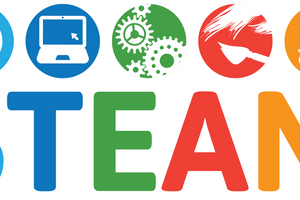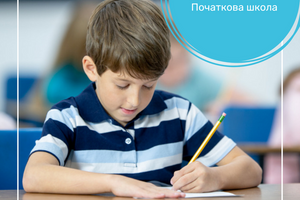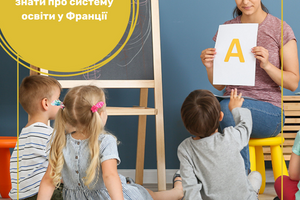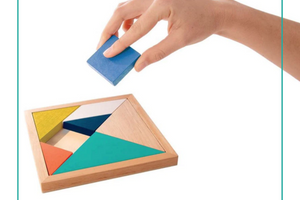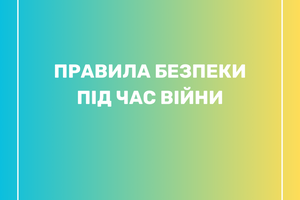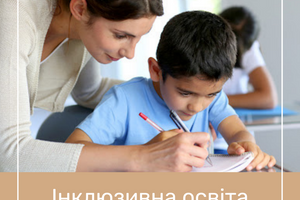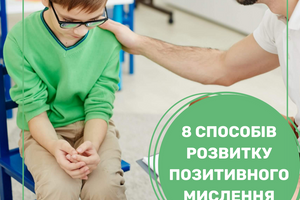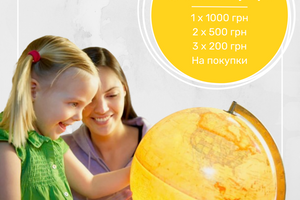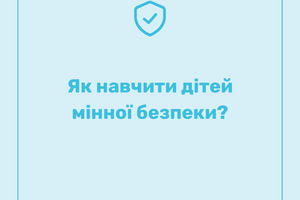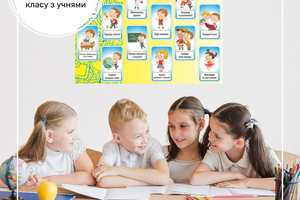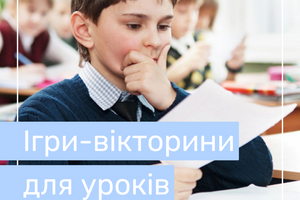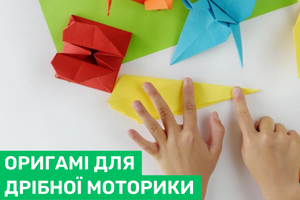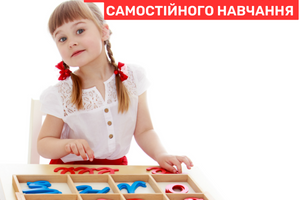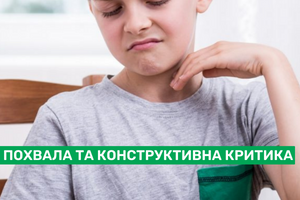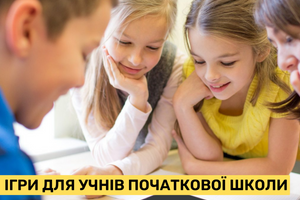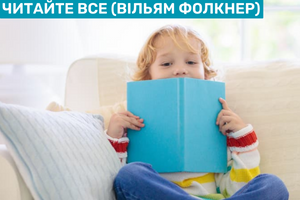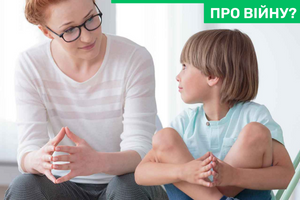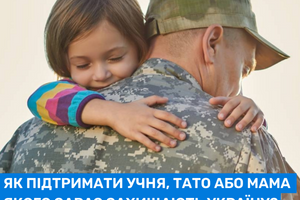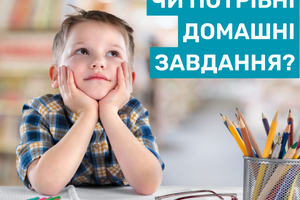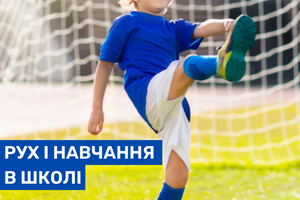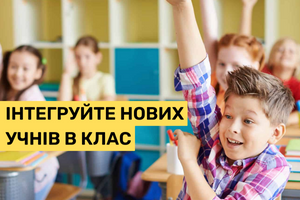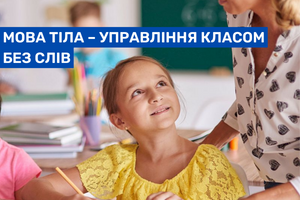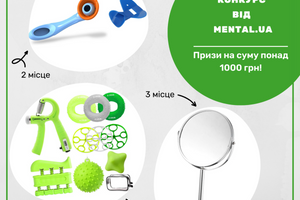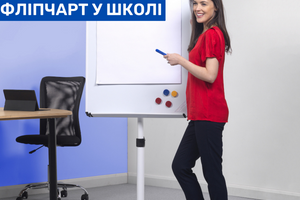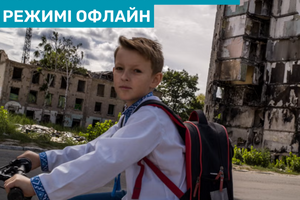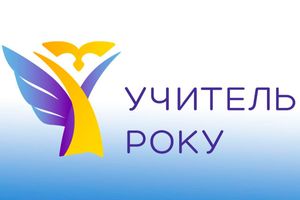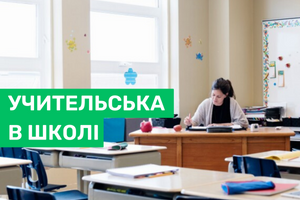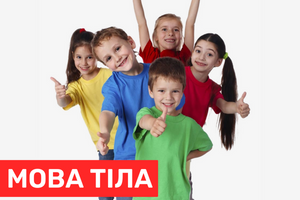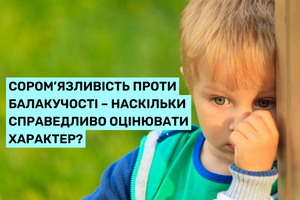Game script for preschool and school-age children using Dienes geometric blocks. Depending on the age, skills and abilities of the children, the teacher selects tasks. The scenario can be divided into parts, some games can be selected based on the principle of difficulty rating.
General goals:
• Improving the ability to recognize and name geometric shapes.
• Developing the ability to arrange any compositions from geometric shapes during the game.
• Development of the ability to classify and sort according to a given criterion.
• Improving the ability to distinguish right and left directions
Detailed goals:
• recognizes and names geometric shapes: circle, square, triangle and rectangle.
• separates blocks in the form of geometric shapes according to a given criterion
• determines the location of a block on the logic tree board based on a specific criterion
• distinguishes right and left directions
• colors a geometric pattern
• works in a team
Methods:
Verbal - conversation, explanation
• Active - tasks to be completed
• Perceptual - work with specific material
Forms:
Collective, individual
Material:
- Dienesch Blocks
- a card for each child in the form of geometric shapes (large and small
- colored pencils
- A-3 white sheet
- sheets of paper with instructions
Plan:
1. Introduction
Children receive cards in the form of geometric figures. The teacher invites
children visit the land of geometric shapes.
2. A game with figures
Children stand in a circle. The teacher shows a geometric figure. Children who have a card in the shape of this figure go to the center of the circle. They sing a song about this figure
example:
"How pleasant and fun it is when a small circle goes round.
Wheel here, wheel there, our wheel here and there.
Children walk in the center of the circle while singing. Children go in a circle in the opposite direction. After the song ends, the children return to the circle, and the teacher shows the next figure. The next children, for example, with cards in the shape of a square, enter the center of the circle and sing a song in the same way: "how nice and fun when the square goes around the circle..." etc.
3. We sort the blocks - we work in teams
Children form teams according to the pictures on the cards:
1 team - big wheels
Team 2 - Small Wheels
Team 3 - Big Squares
4 team - small squares
5 team - big triangles
6 team - small triangles
7 team - large rectangles
8 team - small rectangles
(if 24-25 children participate in the event, then the team will include 3 children, if less, then it will be
teams of two)
Each team receives a basket with blocks in the form of geometric shapes. They choose the appropriate blocks together and place them on the boards according to the teacher's instructions.
- sort blocks by size, large and small; at the bottom of the board, children put a card with a small house and a big house (the teacher determines which is on the left and which is on the right). He asks the children how to arrange the blocks on the left side and how the blocks on the right side.
- sort the blocks according to their thickness, into thick and thin; at the bottom of the board, children put a card with a thick and a thin figure (the teacher determines which is on the left and which is on the right). He asks the children how to arrange the blocks on the left side and how the blocks on the right side.
- sort the blocks by color, into yellow, red and blue; children lay out colored cards (red, yellow, blue) at the bottom of the board. The teacher asks the children how to arrange the blocks in each part of the board.
- sort the blocks according to their shape by circles, squares, triangles and rectangles; children place cards with shapes (circle, square, triangle, rectangle) at the bottom of the board. The teacher asks the children how to arrange these blocks in each part of the board.
4. Compositions of geometric shapes - work in teams
The teacher invites the children to the next, more difficult task. Each team receives a white sheet of A-3 and a sheet of paper with instructions - how many and which blocks should be taken from the box.
Example
Two large red circles, one large blue triangle, two small yellow rectangles, one large blue square, two large yellow rectangles. Each team has its own separate instruction. Children look for suitable blocks, and their task is to think about what can be arranged with these blocks and try to make a general composition. Teams present their work. We all check that the children have correctly selected the blocks according to the instructions given.
5. Termination
Discussion of sheets made by children, checking the correctness of the task.









